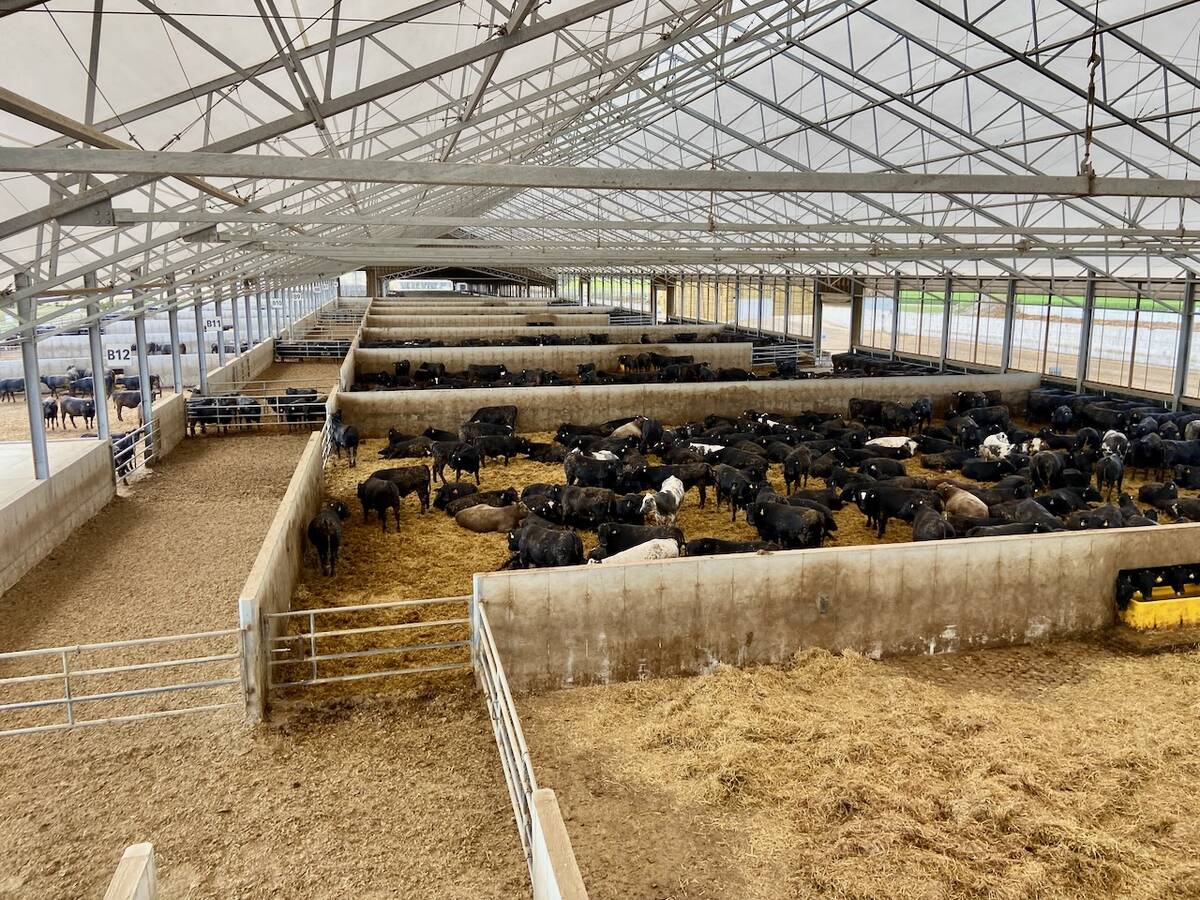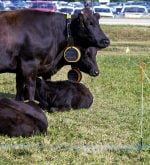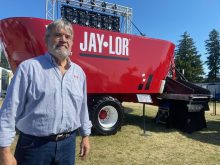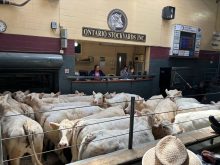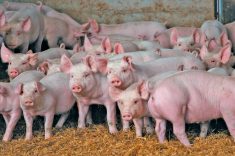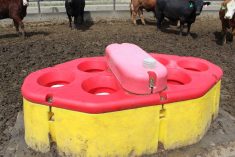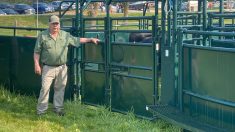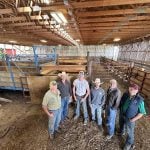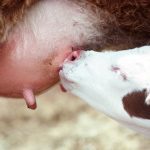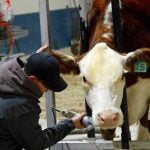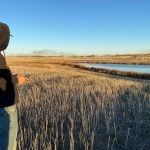Japanese food buyers rarely stay with a supplier for a long time, which makes the 10-year partnership between Kinsho Stores and the Ontario Corn Fed Beef program remarkable.
Kinsho and Ontario Corn Fed Beef celebrated the partnership during a tour of Ontario beef farms by representatives of Kinsho Stores, including President Hiroshi Ueda.
Why it matters: The trusted partnership between two mid-sized players in different parts of the world could be a lesson for other Canadian farm and food companies in how to increase exports.
Read Also
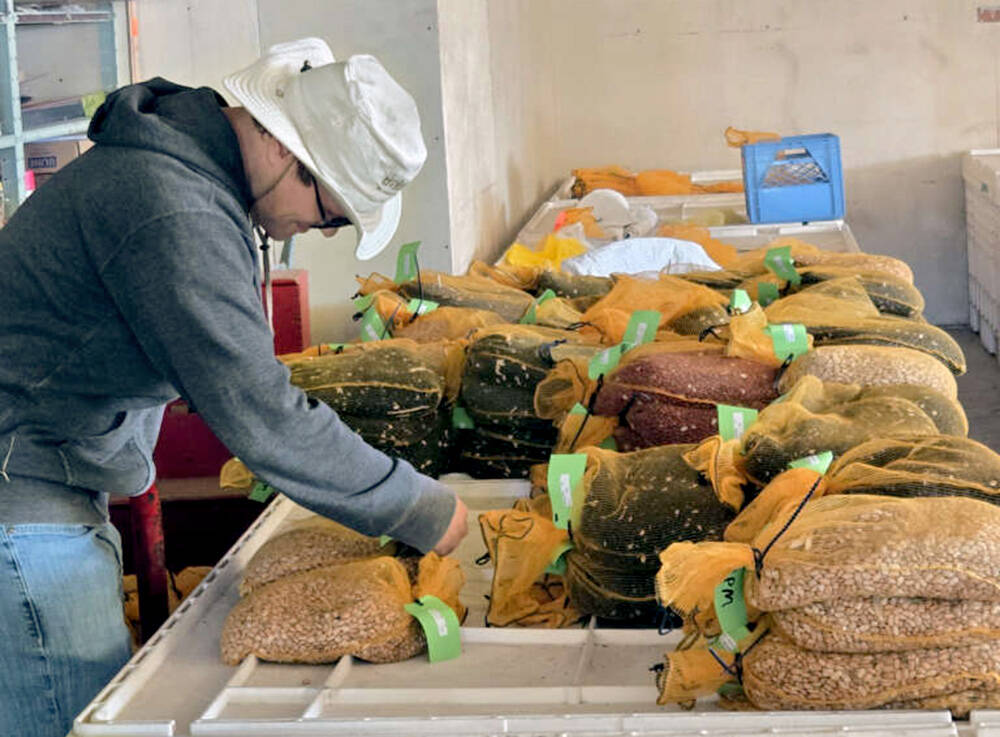
Bean research breeds community giving
University of Guelph dry bean researcher Dr. Mohsen Yoosefzadeh Najafabadi champions sustainability by donating surplus breeding program beans to support food security and community art initiatives.
Japanese grocery store chains aren’t as concentrated as they are in Canada, which means smaller suppliers with defined brands and quality assurance, like Ontario Corn Fed Beef, can access those markets, said John Baker, director of brand management and business development for the program.
Kinsho Stores has about 40 outlets in Japan.
“It’s a strong import market, and for us to be able to be competitive, and to develop partnerships with Kinsho tells us our brand is providing something. We have something that’s unique and different from Ontario,” said Baker.
How it began
Looking for a way to drive more beef sales 10 years ago, Kinsho Stores settled on branded Canadian beef as a way to differentiate its beef product, Ueda said through a translator during a stop at Van Osch Farms near Ailsa Craig in late July.
The taste and juiciness of the corn-fed beef is different from what most Japanese consumers get in their beef, said Ueda in an interview at the Van Osch family’s new on-farm store and offices.
The increasing cost of beef, along with other groceries in Japan is a challenge for the grocery sector in general. Japanese consumers have to make decisions about what they buy. As a result, beef consumption growth is slow and at some points decreasing, said Ueda.
Kinsho Stores was a pioneer in the importing of Ontario beef and Ueda has been a booster for the product in his network.
“We’ve tried to create more demand for the Ontario producers,” he said through a translator.
The brand message of Ontario Corn Fed Beef, which includes quality assurance and connection to primary producers, resonates in Japan, he said, adding that he’s appreciative of the Ontario Cattle Feeders’ Association – the organization that runs the Ontario Corn Fed Beef branded program.
Kinsho values safe and consistent products, said Ueda, noting the corn-fed beef program shares that mission.
Competitors see when a marketing program goes well, said Baker, and that’s meant more competition in the marketplace for branded beef in Japan.
Producer commitment has kept the Ontario Corn Fed Beef-Kinsho Stores partnership thriving for 10 years, but it also comes from support from other supply chain partners. Prima Meat Packers is the Japanese distributor that helps get the beef to Kinsho Stores and Cargill is the processor in Ontario.
The supply chain has held up through Canadian port strikes, a strike at the Cargill plant in Ontario, and COVID-19 pandemic trade interruptions.
“The Japanese market has been really positive from the very beginning,” said Baker. “They really appreciate the checks and balances of the quality assurance program that we have. It’s something that’s unique and different. And the Japanese market values that more than anybody.”
The Japanese market is also valuable because it takes parts of the animal that other markets do not. That includes hamburger steaks, popular in Japan, formed and spiced from ground beef. Ontario Corn Fed Beef is developing its own branded version. The Japanese market helps use cuts like shoulder clods and outside rounds, which Baker said are harder to move in Canada.
On-farm tour
Ueda and other representatives of Kinsho Stores toured the Van Osch family’s feedlot, including its newest barn, as part of a larger tour of feedlots.
The Van Osch barn is typical of many of the new feedlot barns built in the past 10 years in Ontario, with high ceilings for lots of natural ventilation and fabric covering for sunlight.
However, the Van Osch operation differs from some others as the cattle all have outdoor yard access.
“Cattle want to be outdoors,” said Gerald Van Osch as the tour group looked over the cattle in the barn from a raised observation platform. He farms with sons Kurtis and Jaron and his brother Fred and his son Brendon.
On the hot July day, the cattle were inside the barn.
“At seven o’clock at night and the sun is setting, they’ll all go outside for the night,” said Van Osch.
The barn also employs the latest handling technology, with automatic sorting once cattle are through the handling system.
The handling system is housed in an enclosed room in the barn, with a heated floor and textured areas where cattle and people move.
Brothers Fred and Gerald emphasized the circular nature of their production systems to their Japanese guests.
The farm has feedlot capacity of 11,000 head, and raises crops on 10,000 acres. That means it can make the best use of manure produced in the straw-bedded pack systems in its newer barns on the land.
Having traceability of animals and feed at the farm, with the ability to tell that story up through the supply chain, is a goal that Van Osch family has pursued, especially since a new generation joined the farm about 10 years ago.
Many of the cattle in the feedlot are Holstein-beef crosses. Farmers know how to feed them well and they’ve become popular for their consistency, better feed conversion and finished sized compared to cattle from Western Canada, said Baker.
Because the dairy-beef crosses are calving year round, cattle buyers don’t get the changes in grade in different times of the year because of the seasonal nature of the traditional beef production system.
“Now we get a nice size and the consistency in the marbling,” he said.
Strong ability to supply a product with a branded story helps Ontario Corn Fed Beef to continue to have a fruitful partnership with Kinsho Stores, but Baker sees more potential in Japan. He recently attended a reception to promote Ontario Corn-Fed Beef at the Canada Pavilion at the Osaka World Expo.


